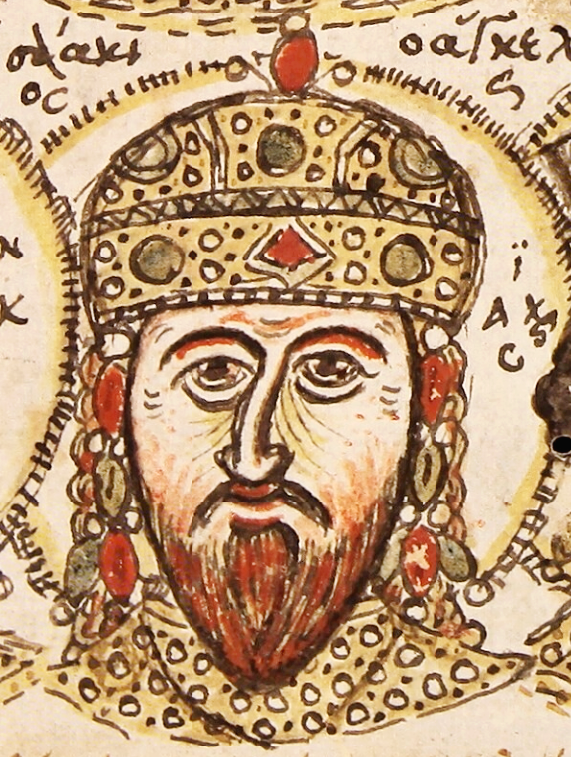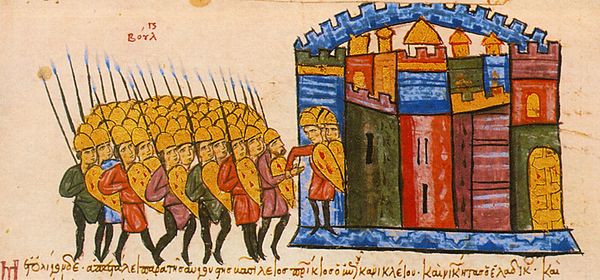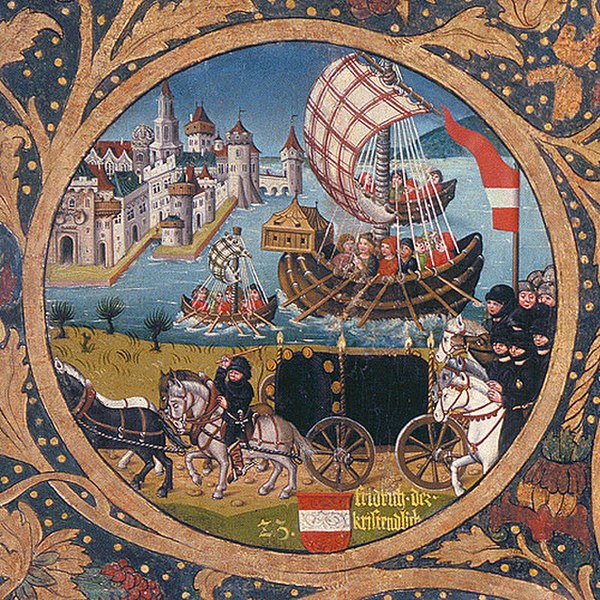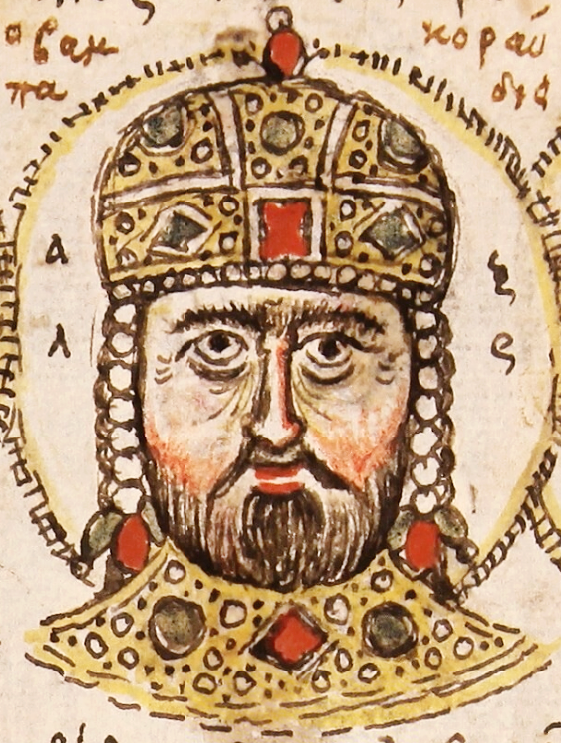
Byzantine Empire: Angelid dynasty
The Byzantine Empire was ruled by emperors of the Angelos dynasty between 1185 and 1204 CE. The Angeloi rose to the throne following the deposition of Andronikos I Komnenos, the last male-line Komnenos to rise to the throne. The Angeloi were female-line descendants of the previous dynasty. While in power, the Angeloi were unable to stop the invasions of the Turks by the Sultanate of Rum, the uprising and resurrection of the Bulgarian Empire, and the loss of the Dalmatian coast and much of the Balkan areas won by Manuel I Komnenos to the Kingdom of Hungary.
In fighting among the elite saw Byzantium lose substantial financial capability and military power. The previous policies of openness with Western Europe, followed by the sudden massacre of Latins under Andronikos, had preceded the rule of the Angeloi making enemies among Western European states. The weakening of the empire under the Angeloi dynasty resulted in the partitioning of the Byzantine Empire when in 1204, soldiers of the Fourth Crusade overthrew the last Angeloi Emperor, Alexios V Doukas.























